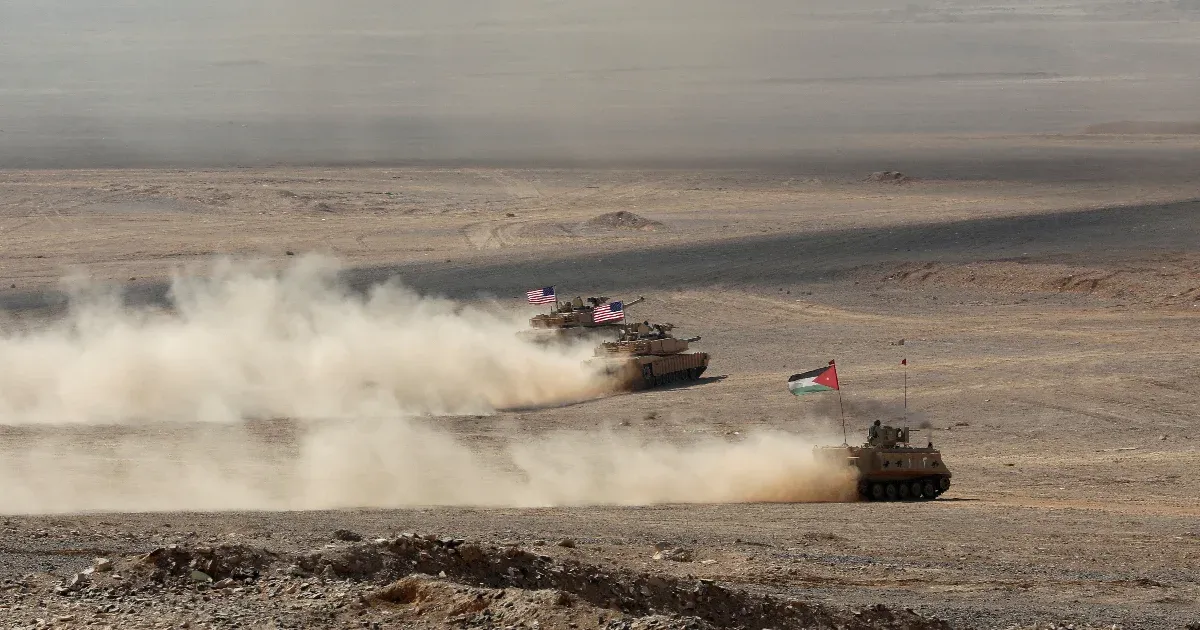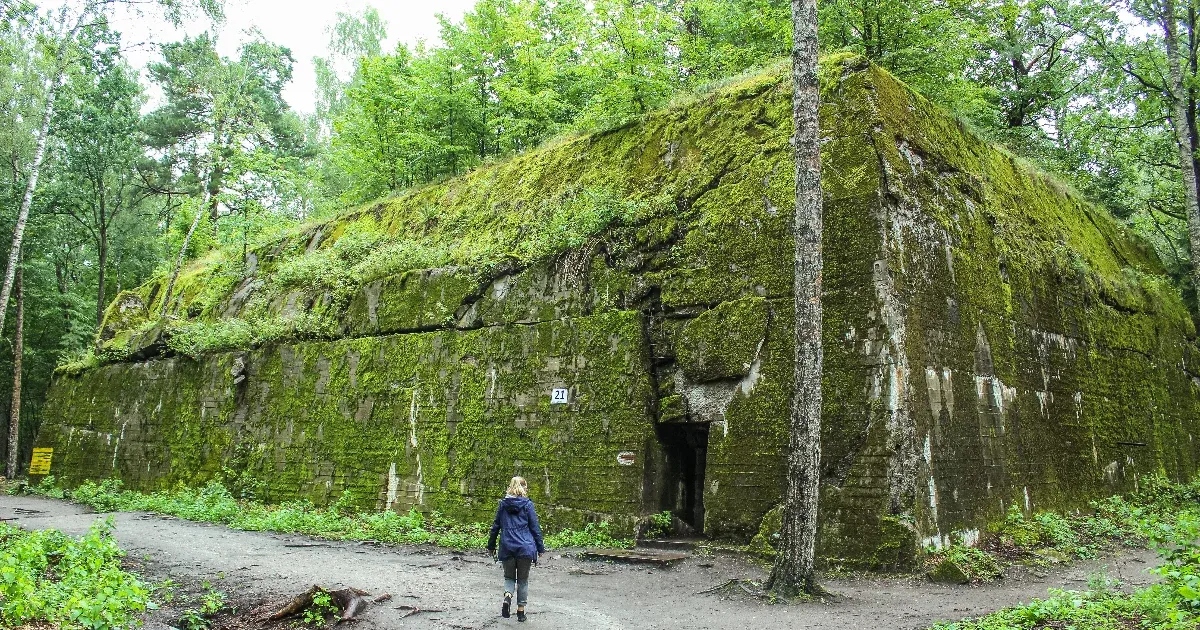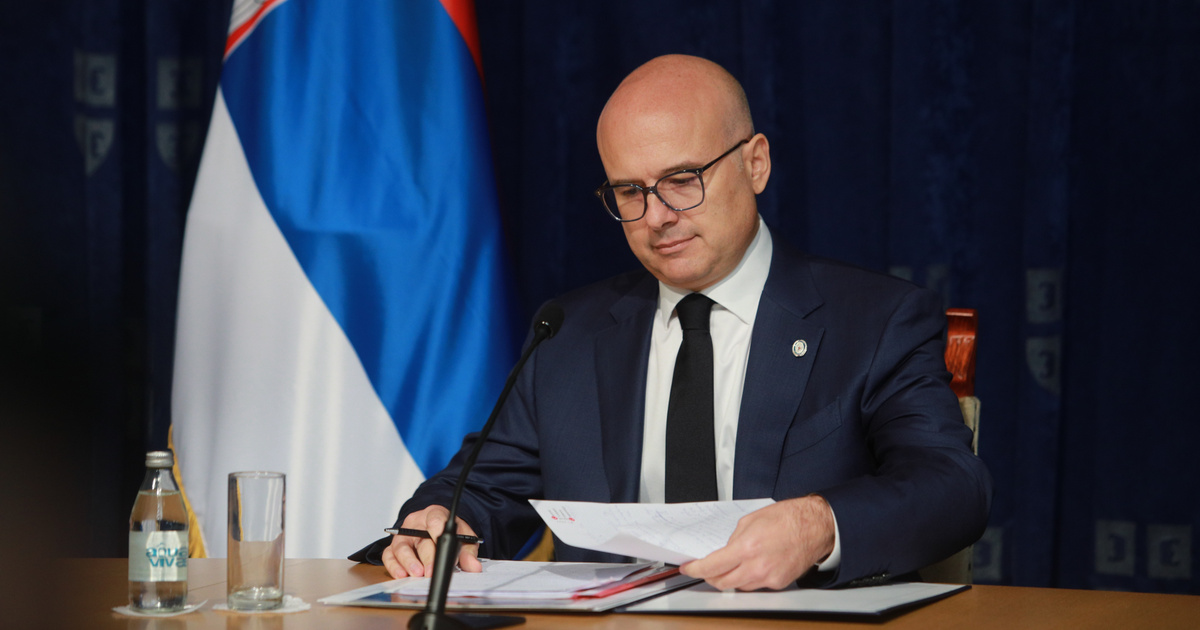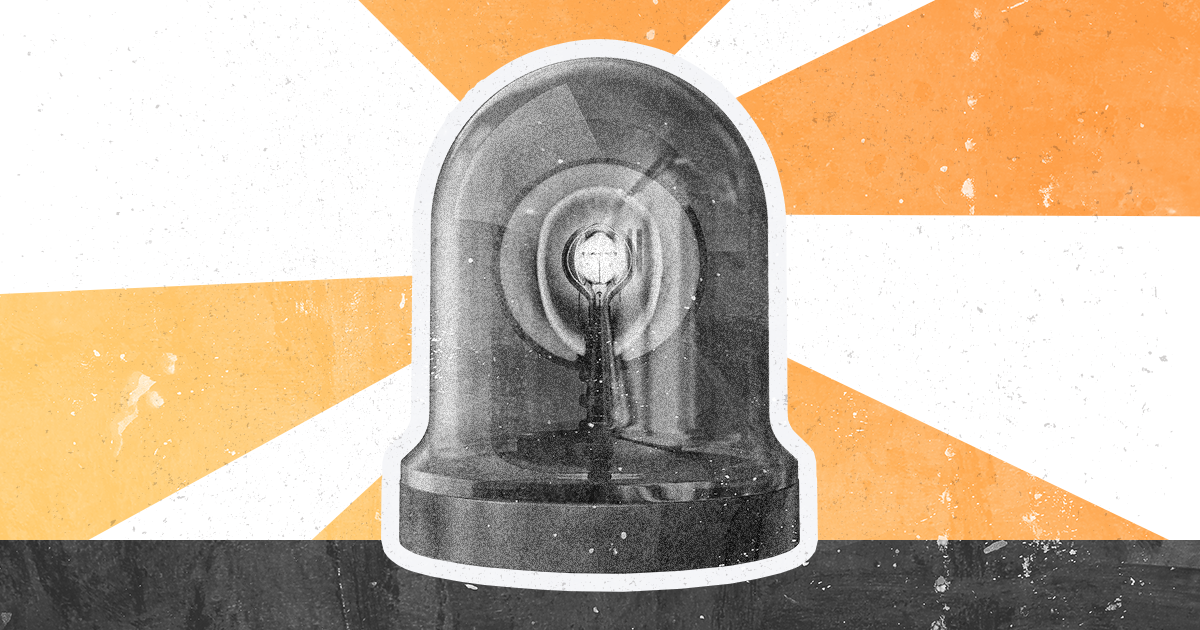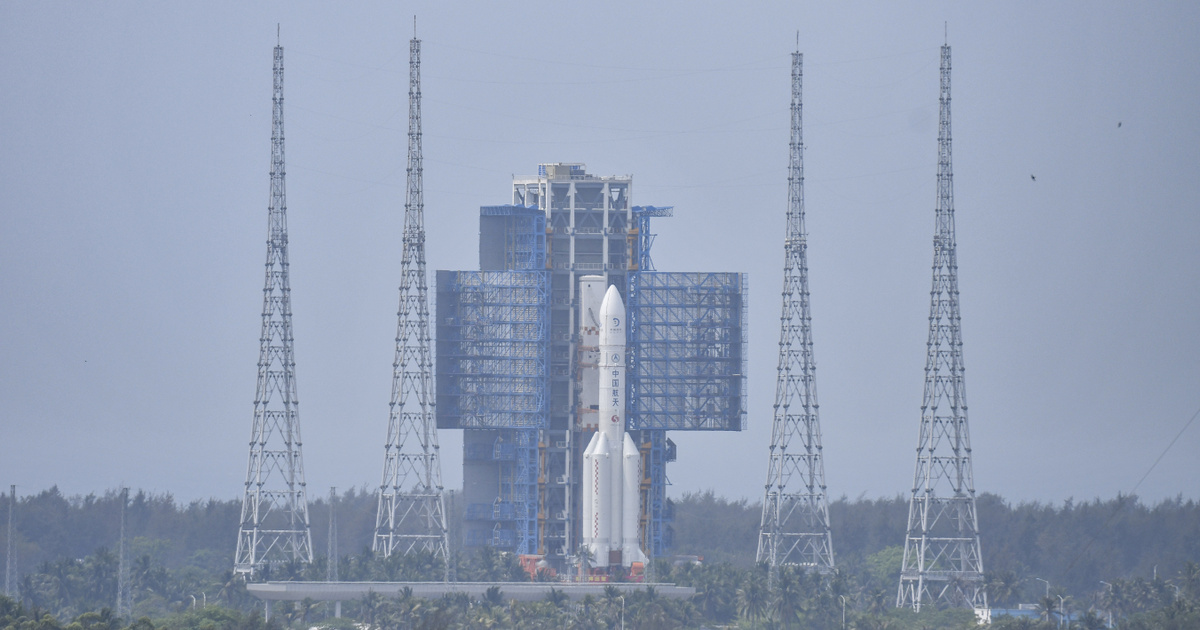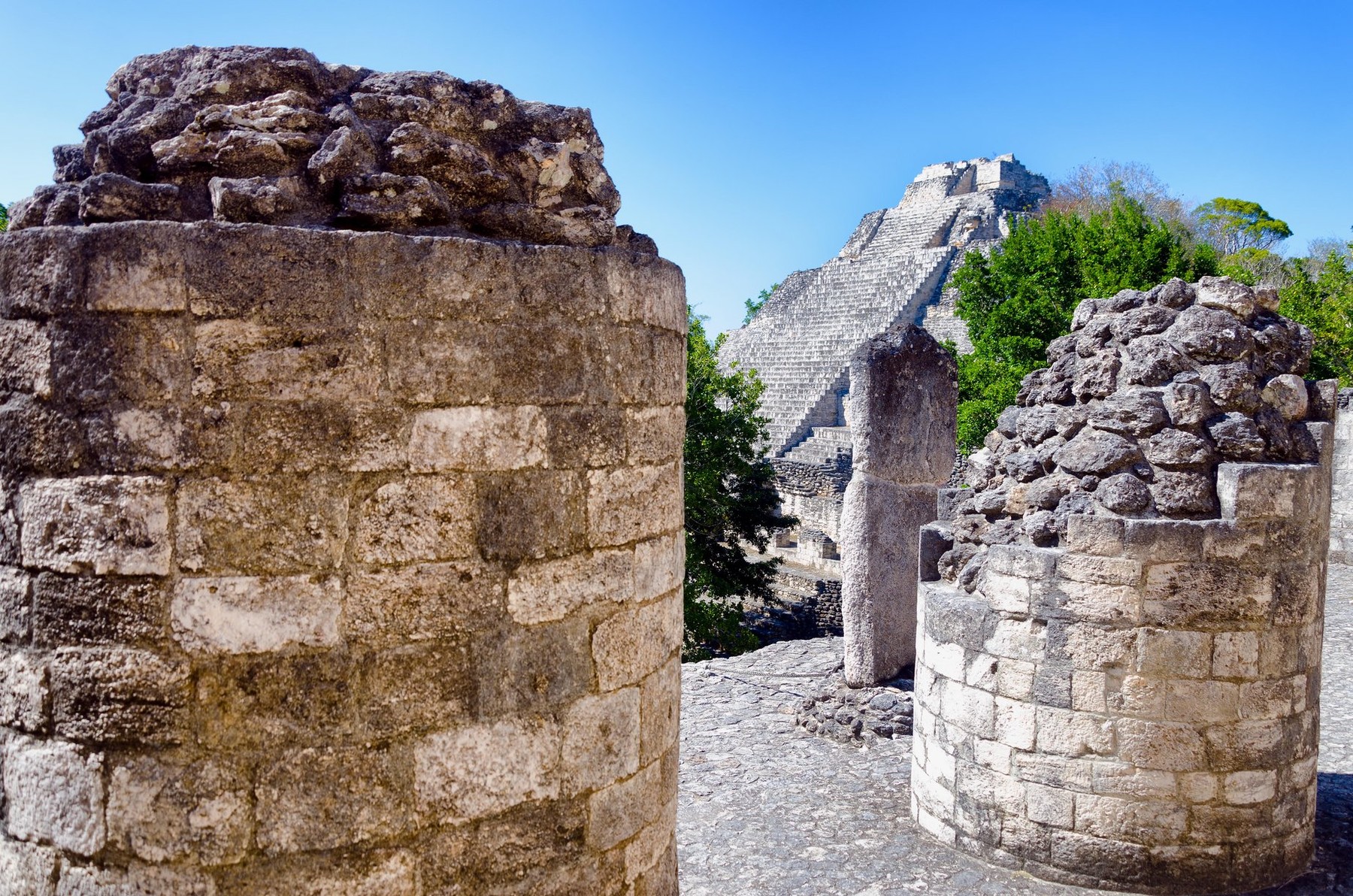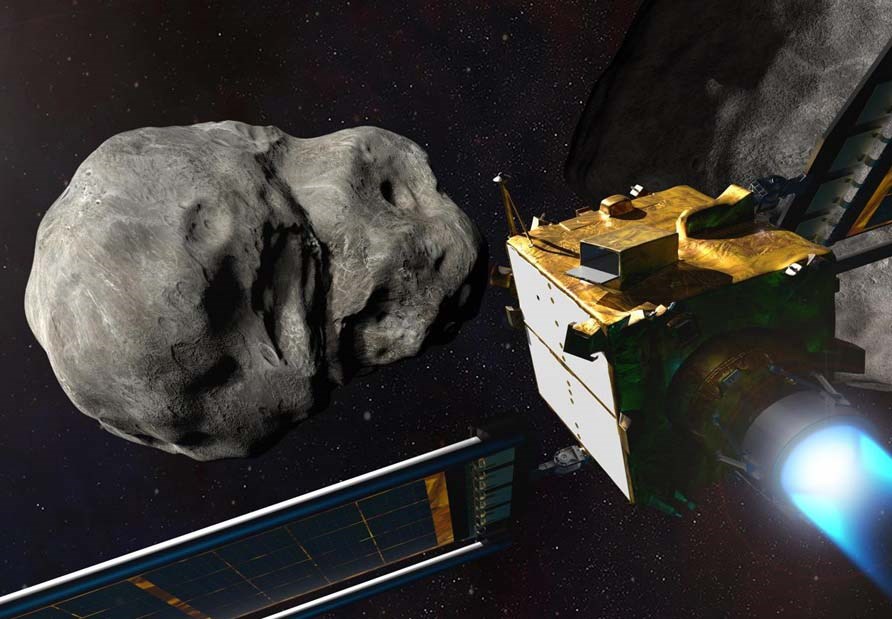[{“available”:true,”c_guid”:”120f21a2-3055-4ab0-a3c1-ec52544c1de1″,”c_author”:”Tarnay Kristóf Ábel”,”category”:”vilag”,”description”:”Ahogyan azt jellemzően meg szokták tenni Putyin jelentősebb kritikusaival. A vád lényegében itt is az, hogy kritikus véleményt terjesztett a hatalom politikájáról.”,”shortLead”:”Ahogyan azt jellemzően meg szokták tenni Putyin jelentősebb kritikusaival. A vád lényegében itt is az, hogy kritikus…”,”id”:”20230903_Oroszorszagban_kulfoldi_ugynoknek_nyilvanitottak_Dmitrij_Muratov_Nobelbekedijas_ujsagirot”,”image”:”https://api.hvg.hu/Img/ffdb5e3a-e632-4abc-b367-3d9b3bb5573b/120f21a2-3055-4ab0-a3c1-ec52544c1de1.jpg”,”index”:0,”item”:”7e981c4c-4ee6-49f7-b570-4ff0be788778″,”keywords”:null,”link”:”/vilag/20230903_Oroszorszagban_kulfoldi_ugynoknek_nyilvanitottak_Dmitrij_Muratov_Nobelbekedijas_ujsagirot”,”timestamp”:”2023. szeptember. 03. 12:28″,”title”:”Oroszországban „külföldi ügynöknek” nyilvánították Dmitrij Muratov Nobel-békedíjas újságírót”,”trackingCode”:”RELATED”,”c_isbrandchannel”:false,”c_isbrandcontent”:false,”c_isbrandstory”:false,”c_isbrandcontentorbrandstory”:false,”c_isbranded”:false,”c_ishvg360article”:false,”c_partnername”:null,”c_partnerlogo”:”00000000-0000-0000-0000-000000000000″,”c_partnertag”:null},{“available”:true,”c_guid”:”8f1475be-c9b4-4852-a4b3-071d146fecd4″,”c_author”:”hvg.hu”,”category”:”tudomany”,”description”:”Nem hétköznapi okból hív vissza Mancs őrjárat-kekszeket a brit Lidl, a jelek szerint ugyanis lejárt a csomagoláson lévő domain regisztrációja, így azt már más használja – kicsit más tartalommal.”,”shortLead”:”Nem hétköznapi okból hív vissza Mancs őrjárat-kekszeket a brit Lidl, a jelek szerint ugyanis lejárt a csomagoláson lévő…”,”id”:”20230904_brit_lidl_mancs_orjarat_kekszek_csomagolas_pornograf_tartalmakat_megjelenito_weboldal_link_hivatkozas_csomagolas_visszahivas”,”image”:”https://api.hvg.hu/Img/ffdb5e3a-e632-4abc-b367-3d9b3bb5573b/8f1475be-c9b4-4852-a4b3-071d146fecd4.jpg”,”index”:0,”item”:”a2c35759-6e81-428c-807c-0fe042e41f9b”,”keywords”:null,”link”:”/tudomany/20230904_brit_lidl_mancs_orjarat_kekszek_csomagolas_pornograf_tartalmakat_megjelenito_weboldal_link_hivatkozas_csomagolas_visszahivas”,”timestamp”:”2023. szeptember. 04. 10:03″,”title”:”Visszahívott egy Mancs őrjárat-kekszet a brit Lidl, mert pornó van a csomagoláson lévő linken”,”trackingCode”:”RELATED”,”c_isbrandchannel”:false,”c_isbrandcontent”:false,”c_isbrandstory”:false,”c_isbrandcontentorbrandstory”:false,”c_isbranded”:false,”c_ishvg360article”:false,”c_partnername”:null,”c_partnerlogo”:”00000000-0000-0000-0000-000000000000″,”c_partnertag”:null},{“available”:true,”c_guid”:”3e2c2e1f-089f-4e17-bd2c-820236d01db1″,”c_author”:”hvg.hu”,”category”:”tudomany”,”description”:”Egy Infamous Chisel nevű, új, androidos, orosz hátterű kártevő az egyik legújabb fegyver az orosz-ukrán háborúban. Kimondottan ukrán katonai célpontokat támad, és akár érzékeny adatokat is el tud lopni.”,”shortLead”:”Egy Infamous Chisel nevű, új, androidos, orosz hátterű kártevő az egyik legújabb fegyver az orosz-ukrán háborúban…”,”id”:”20230904_oroszorszag_androidos_kartevo_orosz_hirszerzes_ukrajnai_katonai_celpontok_tamadasa_infamous_hhisel”,”image”:”https://api.hvg.hu/Img/ffdb5e3a-e632-4abc-b367-3d9b3bb5573b/3e2c2e1f-089f-4e17-bd2c-820236d01db1.jpg”,”index”:0,”item”:”f9bbdf9a-9bbf-465f-b980-acb4568d8473″,”keywords”:null,”link”:”/tudomany/20230904_oroszorszag_androidos_kartevo_orosz_hirszerzes_ukrajnai_katonai_celpontok_tamadasa_infamous_hhisel”,”timestamp”:”2023. szeptember. 04. 00:03″,”title”:”Oroszország új fegyvere a háborúban: az orosz titkosszolgálathoz köthető hackerek egy androidos vírussal kezdtek el támadni”,”trackingCode”:”RELATED”,”c_isbrandchannel”:false,”c_isbrandcontent”:false,”c_isbrandstory”:false,”c_isbrandcontentorbrandstory”:false,”c_isbranded”:false,”c_ishvg360article”:false,”c_partnername”:null,”c_partnerlogo”:”00000000-0000-0000-0000-000000000000″,”c_partnertag”:null},{“available”:true,”c_guid”:”c7c663e2-1963-4c44-b998-5846fbe5f4be”,”c_author”:”hvg.hu”,”category”:”vilag”,”description”:”A 40-45 közötti férfi támadását a gyermek könnyebb sérülésekkel megúszta, az elkövetőt még keresik. “,”shortLead”:”A 40-45 közötti férfi támadását a gyermek könnyebb sérülésekkel megúszta, az elkövetőt még keresik. “,”id”:”20230902_Csatornaba_dobtak_egy_fiut_Nemetorszagban_mert_ukranul_beszelt”,”image”:”https://api.hvg.hu/Img/ffdb5e3a-e632-4abc-b367-3d9b3bb5573b/c7c663e2-1963-4c44-b998-5846fbe5f4be.jpg”,”index”:0,”item”:”4c26afdb-4aa7-45be-893d-e40f98439a84″,”keywords”:null,”link”:”/vilag/20230902_Csatornaba_dobtak_egy_fiut_Nemetorszagban_mert_ukranul_beszelt”,”timestamp”:”2023. szeptember. 02. 14:57″,”title”:”Csatornába dobtak egy fiút Németországban, mert ukránul beszélt”,”trackingCode”:”RELATED”,”c_isbrandchannel”:false,”c_isbrandcontent”:false,”c_isbrandstory”:false,”c_isbrandcontentorbrandstory”:false,”c_isbranded”:false,”c_ishvg360article”:false,”c_partnername”:null,”c_partnerlogo”:”00000000-0000-0000-0000-000000000000″,”c_partnertag”:null},{“available”:true,”c_guid”:”e43f92c1-d46f-4787-bb95-b7d5ab7db1b2″,”c_author”:”hvg.hu/MTI”,”category”:”itthon”,”description”:”A nagysikerű atlétikai világbajnokság után ismét Budapestre figyel a világ, sikerült visszahelyezni a lóversenyvilág nemzetközi térképére Magyarországot – hangsúlyozta a tárcavezető.”,”shortLead”:”A nagysikerű atlétikai világbajnokság után ismét Budapestre figyel a világ, sikerült visszahelyezni a lóversenyvilág…”,”id”:”20230902_SzalayBobrovniczky_Kristof_buszke_magyar_lovas_nemzet_vagyunk”,”image”:”https://api.hvg.hu/Img/ffdb5e3a-e632-4abc-b367-3d9b3bb5573b/e43f92c1-d46f-4787-bb95-b7d5ab7db1b2.jpg”,”index”:0,”item”:”2fe1558a-1a06-4073-8691-f50026ed83bc”,”keywords”:null,”link”:”/itthon/20230902_SzalayBobrovniczky_Kristof_buszke_magyar_lovas_nemzet_vagyunk”,”timestamp”:”2023. szeptember. 02. 20:08″,”title”:”Szalay-Bobrovniczky Kristóf: büszke magyar lovas nemzet vagyunk”,”trackingCode”:”RELATED”,”c_isbrandchannel”:false,”c_isbrandcontent”:false,”c_isbrandstory”:false,”c_isbrandcontentorbrandstory”:false,”c_isbranded”:false,”c_ishvg360article”:false,”c_partnername”:null,”c_partnerlogo”:”00000000-0000-0000-0000-000000000000″,”c_partnertag”:null},{“available”:true,”c_guid”:”64affac5-b2a7-4d15-9338-1b51a69293df”,”c_author”:”hvg.hu”,”category”:”itthon”,”description”:”A külgazdasági és külügyminiszter Dunakeszin látta vendégül Wang Chuanfut, a BYD autóipari vállalat elnökét.”,”shortLead”:”A külgazdasági és külügyminiszter Dunakeszin látta vendégül Wang Chuanfut, a BYD autóipari vállalat elnökét.”,”id”:”20230902_Szijjarto_az_autoipar_atalakulasanak_globalis_ellovasai_koze_fog_tartozni_Magyarorszag”,”image”:”https://api.hvg.hu/Img/ffdb5e3a-e632-4abc-b367-3d9b3bb5573b/64affac5-b2a7-4d15-9338-1b51a69293df.jpg”,”index”:0,”item”:”bf9ea009-1de9-4f44-b325-8079406bc04a”,”keywords”:null,”link”:”/itthon/20230902_Szijjarto_az_autoipar_atalakulasanak_globalis_ellovasai_koze_fog_tartozni_Magyarorszag”,”timestamp”:”2023. szeptember. 02. 21:57″,”title”:”Szijjártó: az autóipar átalakulásának globális éllovasai közé fog tartozni Magyarország”,”trackingCode”:”RELATED”,”c_isbrandchannel”:false,”c_isbrandcontent”:false,”c_isbrandstory”:false,”c_isbrandcontentorbrandstory”:false,”c_isbranded”:false,”c_ishvg360article”:false,”c_partnername”:null,”c_partnerlogo”:”00000000-0000-0000-0000-000000000000″,”c_partnertag”:null},{“available”:true,”c_guid”:”d2d5c247-7ef2-41ae-b2f6-feeafd513bf4″,”c_author”:”hvg.hu”,”category”:”itthon”,”description”:”Elvitelre – a podcast, amelyben az adott hét legjobb HVG hetilapos és hvg360-as anyagaiból válogatunk. Csak indítsa el a háttérben és hallgassa meg szerzőink legjobb írásait! Ezen a héten kiderülnek az akkugyári balesetek részletei és megnézzük, mi is a célja a BRICS-ből a C-betűnek.”,”shortLead”:”Elvitelre – a podcast, amelyben az adott hét legjobb HVG hetilapos és hvg360-as anyagaiból válogatunk. Csak indítsa el…”,”id”:”20230903_Elvitelre_30_podcast_akkumulatorgyar_Ivancsa_Komarom_BRICS_Kina”,”image”:”https://api.hvg.hu/Img/ffdb5e3a-e632-4abc-b367-3d9b3bb5573b/d2d5c247-7ef2-41ae-b2f6-feeafd513bf4.jpg”,”index”:0,”item”:”b11fb71b-807a-4f59-ada2-36175ffd7472″,”keywords”:null,”link”:”/itthon/20230903_Elvitelre_30_podcast_akkumulatorgyar_Ivancsa_Komarom_BRICS_Kina”,”timestamp”:”2023. szeptember. 03. 06:00″,”title”:”Elvitelre #30: Rosszullét az akkugyárban, nagyhatalmi lét a BRICS-ben”,”trackingCode”:”RELATED”,”c_isbrandchannel”:false,”c_isbrandcontent”:false,”c_isbrandstory”:false,”c_isbrandcontentorbrandstory”:false,”c_isbranded”:false,”c_ishvg360article”:false,”c_partnername”:null,”c_partnerlogo”:”00000000-0000-0000-0000-000000000000″,”c_partnertag”:null},{“available”:true,”c_guid”:”b5d1f9ae-01f7-44db-acfb-62680b562bcd”,”c_author”:”hvg.hu”,”category”:”kkv”,”description”:”Rogán-Gaál Cecília viszi a prímet azon a listán, amire az Orbán-rendszer elitjéhez tartozó férfiak volt és jelenlegi feleségeinek cégeiből kivett osztalék nagysága alapján készült. Milliárdos a nagyságrend.”,”shortLead”:”Rogán-Gaál Cecília viszi a prímet azon a listán, amire az Orbán-rendszer elitjéhez tartozó férfiak volt és jelenlegi…”,”id”:”20230904_nerfelesegek_osztalek_rogangaal_cecilia_sarka_kata_varkonyi_andrea_szijjartonagy_szilvia”,”image”:”https://api.hvg.hu/Img/ffdb5e3a-e632-4abc-b367-3d9b3bb5573b/b5d1f9ae-01f7-44db-acfb-62680b562bcd.jpg”,”index”:0,”item”:”252e0e29-93fe-418a-93b2-e3dbe171293c”,”keywords”:null,”link”:”/kkv/20230904_nerfelesegek_osztalek_rogangaal_cecilia_sarka_kata_varkonyi_andrea_szijjartonagy_szilvia”,”timestamp”:”2023. szeptember. 04. 07:51″,”title”:”Milliárdos nagyságrendű osztalék landolt a NER-feleségek zsebében”,”trackingCode”:”RELATED”,”c_isbrandchannel”:false,”c_isbrandcontent”:false,”c_isbrandstory”:false,”c_isbrandcontentorbrandstory”:false,”c_isbranded”:false,”c_ishvg360article”:false,”c_partnername”:null,”c_partnerlogo”:”00000000-0000-0000-0000-000000000000″,”c_partnertag”:null}]

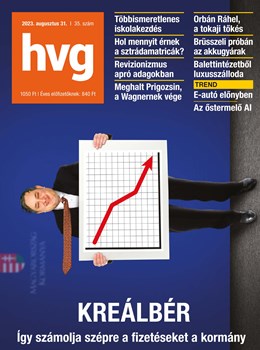
Depending on your membership level, we offer, among others:
- We send you an exclusive weekly digest of interesting things in the world;
- You can gain an insight into HVG’s work, and you can meet our authors;
- You can participate in premieres of the latest films, in various events;
- You can buy HVG books and publications at a discount;
- You can read hvg360 digital news magazine.
We recommend it from the first page





